Dawning of a New Era of Diversity?
Photos by Forrest Anderson
Amid the dismal daily headlines about the racial and ethnic divisiveness of the United States, several underlying long-term trends are pointing to a more diverse nation in which racial and cultural differences are accepted and leveraged as part of a strategy to meet future challenges.
Getting from where we are today to there is bound to be fraught with much disheartening conflict, but there is compelling evidence that it nonetheless is the direction in which we are headed and that such a future is fast upon us.
In the past several decades, the United States has moved slowly from a world in which white male dominance modeled on the legacy of the British Empire was accepted as the norm to an increasingly diverse society. We coped by moving away from the white superiority model into “political correctness” that stemmed some of the most blatant forms of racism and sexism while still condoning underlying economic and social inequality. This era has given way to the open and ugly divisiveness of current public discourse.
Demographics, economic and workforce trends, technological advances, and trends in the media all point to a future that will swing in the other direction as the white dominance culture recedes. This is a global sea change that is playing out in the United States in the following ways:
Diversity In The Workplace
The pandemic and growth of remote work by teams from broader geographic regions, the Black Lives Matter protests and conversations about inequality, a recession that has disproportionally hurt people of color, and an exodus of workers from jobs have combined to make diversity and inclusion in the workforce a leading human resources trend for 2022.
The remote workforce is evolving amid COVID, with accompanying emphasis on eliminating unconscious gender, racial and ethnic bias in the workplace and trends toward more work-life balance and support of employees’ mental health. The pandemic also has brought to light an increased understanding of challenges that women in particular face in balancing home and work.
The U.S. working population is aging and has never been so diverse in age as now. It includes up to five generations. Workplace technology also is expanding and diversifying.
It has become clear that increasing diversity in business generates higher profits. Studies show that this is because employees with a variety of experiences and perspectives make companies more representative and responsive to the communities that they serve. McKinsey and Company’s 2020 report called Diversity Wins: How Inclusion Matters surveyed 1,000 large companies in 15 countries. Its results showed that companies with more than 30 percent women on their executive teams outperformed those with few women in such positions by 48 percent. Those with the most ethnic and cultural diversity outperformed those in the bottom rung in this area by 36 percent.
In diverse companies, women and ethnically diverse workers are more likely to speak up and have leadership roles. Morale and engagement go up, driving profits and productivity. More diverse companies have been shown to have navigated the pandemic more successfully and to be likely to emerge from the crisis stronger than ever.
This rosy picture represents only the top third of companies - business in general has a long way to go in this area. However, companies are under immense pressure to combat worker burnout and reduce microaggressions against women and people of color as well as biases in promotion and other opportunities as many employees have voted with their feet in recent months. There is a need to hold managers accountable for making inclusion and diversity a priority and rewarding their efforts to do so. Companies that do so are expected to be more financially sustainable long term.
Ironically, the immense pressure that companies are under to combat worker burnout has increased pressure on women in middle management who have been tasked with pushing diversity, balancing workloads, and supporting workers but have not been rewarded for this extra work. According to the third annual Employee Experience Trends Report of 2022 by Qualtrics, 35 percent of women in middle management said they would look for a new job if they had to return full-time at the office. At issue are the critical childcare shortage and toxic office cultures that reward workplace martyrdom over self care.
Remote work meanwhile is debunking the idea that innovation relies on an in-person workplace. Harvard Business School Professor Ethan S. Bernstein, who studies remote work, told the New York Times that open plan offices actually reduce face-to-face interactions by 70% because people wear headphones and avoid unhelpful spontaneous conversations. There’s abundant evidence from the pandemic that succeeding with complex projects in a 100% remote environment is possible, including large projects spanning multiple continents.
By the end of this year, 25-30 percent of the workforce will work from home and 56 percent can feasibly work from home. Half of surveyed workers have said their physical and mental well-being has improved while working remotely. The pandemic also has shown that the traditional 40-hour workweek is flawed, because some people are far more productive and faster at their jobs than that, and more working hours don’t correlate to increased productivity. Consequently, more companies are giving employees flexibility in their work schedules and location and focusing more on results than hours.
More than three-quarters of senior HR leaders say that allowing employees to work flexible hours is one of the most effective things they’ve done to improve employee well-being, and there are clear indications it’s working. Employees with more flexibility to take time off are much less likely to burn out. However, without clear boundaries, flexible work can turn into 24/7 work. Companies need to define expectations more explicitly.
Some companies have found that remote work makes some tasks easier, such as sharing a desktop with a colleague to work on a project or communicating with multiple departments. Virtual whiteboards are promoting improved remote collaboration and making the workplace more inclusive and efficient than in in-person settings. Well-facilitated remote collaboration is allowing everyone the same opportunities to contribute ideas and be heard.
Some companies that moved from in-person events to virtual ones have expanded their success into cloud-based versions of their key software with surprising jumps in revenue as a result. Remote work also has forced companies to improve communication and organization in long-neglected ways.
Candidates in all fields say they want a job that offers more balance, including where they get work done. They want flexibility around their children’s care schedules and more time with family or friends to relax and focus on mental health. This includes hybrid schedules, flexible hours, four-day work weeks, and job sharing.
Companies also are being forced to find better ways to provide employees internal mobility and to fill openings internally for improved retention and less risk as well as reconsider toxic hiring processes that hold every quality candidate to perfect standards that don’t contribute to harmonious, productive work. Companies are focusing on core skills and outsourcing more work to consultants.
McKinsey’s Women in the Workplace report, done in partnership with LeanIn.Org, the largest study of women in corporate America, studied 423 organizations employing 12 million people and surveyed more than 65,000 workers. The study indicated that while women are significantly more burned out by the pandemic than men, they also are rising to the occasion as stronger leaders and doing more to support their teams and advance diversity, equity, and inclusion than men. The problem is they aren’t being recognized and rewarded.
There are persistent gender and racial gaps in promotions at the first step up to manager, and women of color lose ground in representation at every level. For every 100 men promoted to manager, only 86 women are promoted. As a result, men outnumber women significantly at the manager level, so there are far fewer women to promote to higher levels.
When they are not rewarded, many women are leaving the corporate workforce and leveraging their skills as consultants or starting their own businesses that allow them to have a better work-life balance.
These factors, both positive and negative, mean that U.S. companies have both a rare opportunity and a critical need to change and diversify work for good.
Growing Diversity In U.S. Demographics
The 2020 census results indicate that the United States is continuing to urbanize around metro areas especially in the South and West, while 52 percent of U.S. counties had a population decrease in the past decade.
The most prevalent racial or ethnic group in the United States is still white non-Hispanics at 57.8 percent, but that proportion has decreased from 63.7 percent in 2010. The Hispanic or Latino population comprises 18.7 percent of the total population, and the Black or African non-Hispanic population 12.1 percent. Remaining racial and ethnic groups make up 11.4 percent of the total population.

A Spanish-language mass at a church in California. The U.S. Hispanic population is large, diverse, and includes people who also identify as white, Black, Native American, Asian, or a combination of racial groups.
However, the U.S. population is much more multiracial and diverse than in the past and is evolving in how it measures race and ethnicity. Some 33.8 million people, three times as many as in 2010, consider themselves multi-racial. The combination of people who identified as multi-racial or some other race besides ones listed on the census questions was 49.9 million, making them the largest racial group in the country. The Black or African American alone population was 46.9 million, the Asian alone or in combination with another group was 24 million, the American Indian and Alaska Native alone or in combination is 9.7 million and the Native Hawaiian or other Pacific Islander alone or in combination was 1.6 million. The Hispanic or Latino population, which includes people of any race, was 62.1 million in 2020. It grew 23 percent compared to 4.3 percent by the non-Hispanic or Latin population. The chance that two people in the United States chosen at random will be from different racial or ethnic groups increased to 61.1 percent in 2020 from 54.9 percent in 2010.
Close to 80 percent of the population are age 18 or over as the country is experiencing unprecedented population growth stagnation and population aging. The country has a first-time decline in the size of the white population along with rising racial and ethnic diversity among millennials and younger groups. Millennials and younger groups now are a majority of the nation’s residents.
Low natural increase levels will likely continue, with only increased immigration driving population growth. The median age for white Americans, 43.7 in 2019, is almost a decade older than for most other groups. Non-white racial and ethnic groups are generating almost all population growth, and natural increase in the Latino or Hispanic population is the primary source of it. Seventy-one percent of baby boomers are white, while 49 percent of Post-Gen Zers are white. By 2050 at the latest, non-Hispanic whites will be a minority. Since the 1965 enactment of the Hart-Cellar immigration reform bill, the share of first-generation immigrants in the U.S. population has tripled from less than five percent to about 14 percent.
More than 60 percent of Americans see increasing demographic diversity as mostly positive, but a much higher percentage of Democrats and Independents see it as positive. Half of Republicans see it as negative, according to a Public Religion Research Institute survey. In any case, politics has no power to change this demographic trend because even if immigration were halted, differences in birth rates between native-born citizens and newer arrivals would ensure that the white majority will diminish in numbers.
Congress, meanwhile, has long been becoming more racially and ethnically diverse, with about a quarter of voting members of the two houses members of racial or ethnic minorities. The overwhelming majority of racial and ethnic minority members are Democrats, but 17 percent are Republican. Congress is still disproportionately white – 77 percent - compared with the share of whites in the overall population. However, the representation of some racial and ethnic groups such as Black people in the House is roughly on par with their share of the population, while the nation has twice as large a share of Hispanics, Asian Americans and Pacific Islanders as are represented in the House. Just 11 senators are from racial or ethnic minorities, three of which are Republicans. The trend of more women and minorities from both parties capturing Congressional and gubernatorial seats is expected to continue and accelerate.
Demographic trends obviously favor the Democratic Party over time if the current makeup of both parties continues. This is creating a consistent headwind for the Republican Party that will require it to improve its approval ratings among non-white demographic groups as the eligible voter population becomes more diverse and the percentage of white voters shrinks with aging. The electorate is also becoming more educated, which tends to favor the Democratic Party.
Americans remain deeply polarized on ethnicity and racial identity and by their attitudes about racial and cultural issues. The 2020 Republican presidential candidate won the white vote by a double-digit margin (54 to 44 percent) and the Democratic candidate won 90 percent of the Black vote, 66 percent of the Asian vote and 64 percent of the Hispanic vote. However, the Republican lost among whites with at least a four-year college degree.
Nonetheless, racial differences in voting were smaller in 2020 than in 2016. Donald Trump did better with Asian American and Hispanic voters in 2020 than he did in 2016, and Joe Biden did better than Hillary Clinton among non-Hispanic white voters. When non-white voters crossed racial lines, opposition to Black Lives Matter appeared to be a significant factor, while whites who supported Black Lives Matter tended strongly to vote Democrat. Racial identity and racial attitudes remain a huge factor in American elections, but there still are indications that the lines are blurring in some ways.
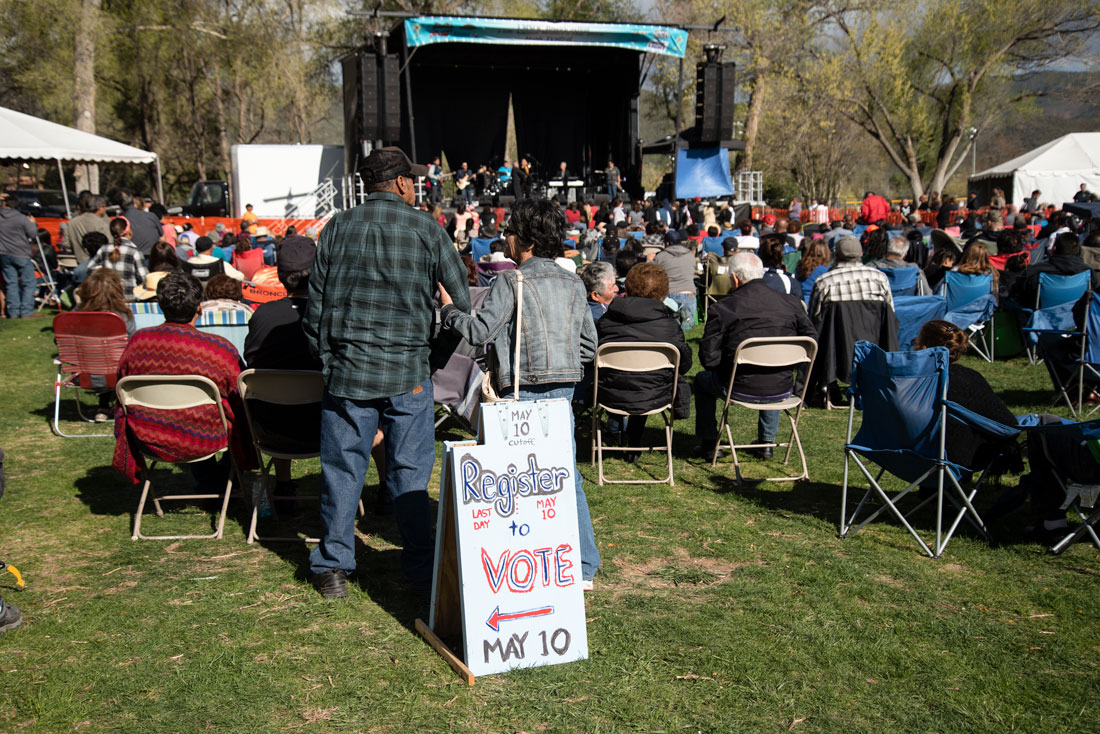
This concert in Taos, New Mexico, which included a voter registration drive, attracted an overwhelmingly Hispanic and Native American crowd. Growing diversity has transformed once-marginalized ethnic groups into powerful voting blocs.
Diversity In Social Media
Social media has gotten a justifiably bad rap for contributing to the divisiveness of American politics. However, social media also reinforces both that everyone is different and that we are connected. It is a major force in connecting people of all different backgrounds, finding commonalities, sharing experiences, and solving problems in new ways. We also connect in a variety of ways on different platforms.
Using hashtags and keywords, people can define a topic and add text, photos or video so that people all over the world can find each other’s posts. These shared experiences are enabling individuals to answer each other’s questions, share views and information across regional, generational and other boundaries, and benefit from other people’s experiences and expertise. They enable us to develop new empathy, understanding, communication and inclusion. Many people who claim to see racial diversity negatively still organize their drawers by Marie Kondo’s method, use ethnic recipes from Pinterest and watch YouTube videos produced by people of all races, ethnic groups and nations to find out how to garden or repair things. Such influences are blurring cultural lines in people’s daily lives.
Social media marketers are moving from segmentation and personalization to microsegmentation enabled by artificial intelligence, data and other technological advances. This means that they are moving away from cultural stereotypes and toward leveraging how real people actually use their products.
Social media marketing also is diversifying away from Facebook into other social media platforms.
Cross-cultural digital trends include the rising use of online translation tools that are creating new opportunities for cross-border ecommerce. As more people visit online ecommerce stores outside of their home country, brands may find it increasingly difficult to justify different prices and product ranges across national borders.
Diversity In Entertainment
Netflix’s most successful launch ever, the Korean blockbuster series Squid Game, was watched by more than 100 million people in its first four weeks this fall and dominated the rankings across most countries in the first half of October. Other non-native English shows also have gained widespread popularity.
Korean music, fashion and food also have enjoyed greater influence outside of Korea as the popularity of “K-dramas” has soared.
The rise of global streaming platforms like Netflix has made international content far more accessible to worldwide audiences because those audiences have control over what they watch and when they watch it. Netflix has globalized the entertainment industry, creating a platform for people in more than 190 countries to watch films. Social media is interacting with this trajectory to spread international content farther and faster than ever. On-line reviews for Squid Game across social networks helped the show reach the number one spot in more than 90 countries just days after it launched.
Global audiences are having the same effect on music, with high-ranking YouTube music videos including non-English language songs and Spotify rankings doing the same. Much of today’s music finds an audience through global social media channels like TikTok, which reaches more than 1 billion active users monthly.
The key difference between TikTok and platforms like Instagram and Snapchat is the algorithm TikTok uses to determine which content should be shown to which users. TikTok appears to rely on platform-wide engagement rather than engagement within a user’s social sphere, so TikTok content has higher potential to spread more quickly than platforms based on personal connections. TikTok users thus are more likely to be exposed to culturally diverse content. Many top videos on Instagram and YouTube also have the TikTok watermark.
Because of TikTok’s popularity, it is likely that other social media platforms will adopt similar approaches to the spread of content, which would fill more social media with more international content.
Social media has made culture more fluid, with trends coming and going faster, people having more simultaneously shared global experiences and participating in more conversations about those experiences.
Diversity In Education
The diversity factor is more fraught in schools although the public school student body is becoming more diverse – 53 percent of American public school children are persons of color. This is because the diversity of faculty is trending downward, and the country has a major shortage of K-12 teachers which has increased with teachers leaving the profession during the pandemic. This is a critical challenge because reducing class sizes is a key factor in decreasing the academic racial achievement gap, improving student behavior, and higher graduation and college attendance rates.
The Biden administration is trying to combat teacher shortages through a plan to train, equip and diversify the teacher workforce, as many college students are not seeing teaching as a worthwhile career because of poor pay, lack of resources and lack of opportunities for career development.
Diversity in Historical Research and Presentation
Diversity in ethnicity, nationality, gender, and other areas is continuing to expand within the traditionally white academic discipline of history, bringing varied perspectives and providing opportunities for more individuals to be heard in the history classroom and to influence historical research. The topics of study, geographic scale, methods of research and teaching and interpretations of the past are diversifying.
Global historical studies are challenging the focus on national experiences and exploring transnational larger-scale history. This has been accompanied by collaboration among historians to create global historical databases through large-scale research.
Advances in Native American history are filling in hitherto fragmented studies of different groups. Similar studies are being done in Africa, changing both the understanding of the past and developing new methods for bringing it to light. Migration has come to the fore as a major historical force in exchanging skills, colonizing, and sharing ideas.
The growing diversity of history students is influencing teaching. Many students are coming to historical studies with literacy in a second or third language. Textbooks are acknowledging the wide range of these students’ backgrounds. Educational research and presentation are using textual, visual, digital, discussion, performance, field trips and other approaches to teaching in addtion to lecturing.
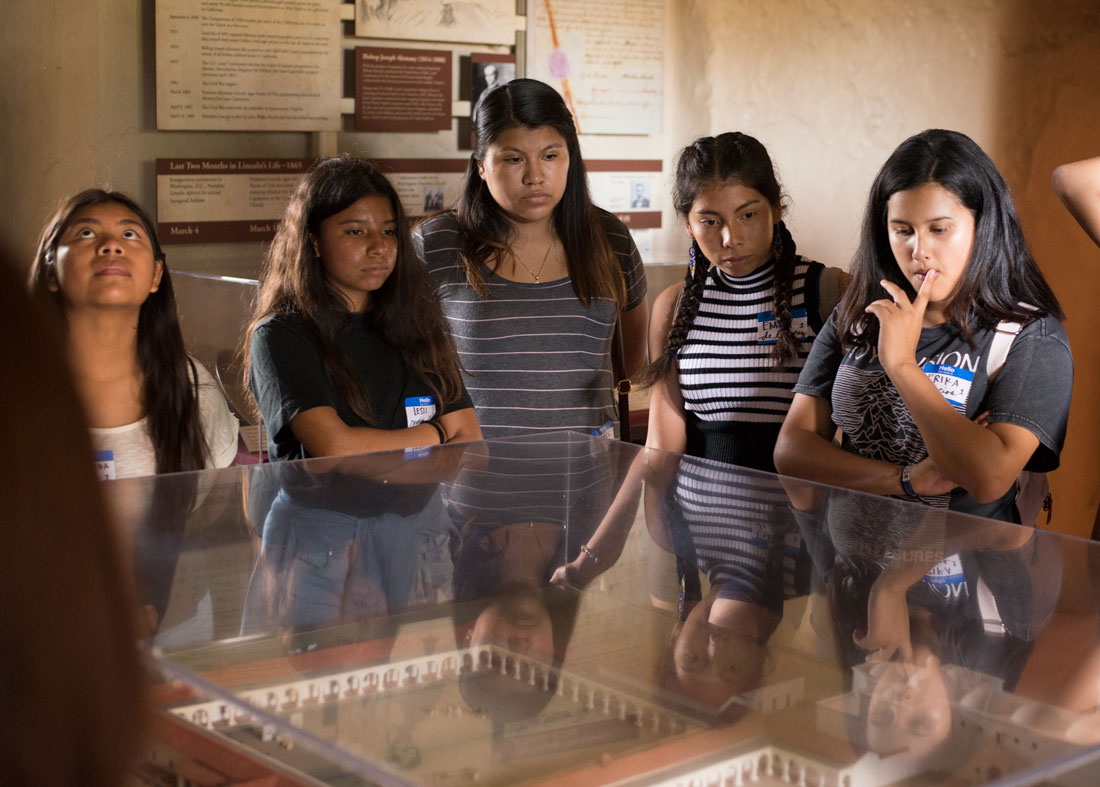
A group of students studying history at an old California mission. The current U.S. student body is 53 percent non-white, many students are multi-lingual, and they bring diverse cultural perspectives to the classroom.
Students of history now learn local, national and world history, with political, cultural, social, and environmental aspects. The growing diversity of historians and historical studies is making history more complex and nuanced, leading history toward a closer similarity to society as a whole and leaving some topics open perennially to debate.
This has caused divisions in some societies. Nationalist governments in Eastern European are threatening historians of the Holocaust, while countries that were part of colonial empires are removing statues and renaming streets and buildings. In the United States, debates over how to teach the history of race are engulfing national and local school politics. The New York Times’ 1619 Project, released to mark the 400th anniversary of the arrival of the first enslaved Africans in Virginia, helped push the impact of racism on U.S. history into the mainstream.
The result has been what Time magazine on the cover of its July 5-12, 2021 issue dubbed The History Wars. A once-obscure term, critical race theory, which is an academic framework that scholars use to examine how legal systems perpetuate racism and exclusion, is being used by its critics as a catchall term for any discussion of systemic racism.
The result has been conservative attempts to restrict the way history is taught in public school and to ban the use of critical race theory, which in any case is rarely taught below the graduate level.
Such culture wars erupt into public policy during turbulent times such as the two world wars, the Cold War, school integration in the 1970s, and now during the pandemic. They are unlikely to reverse the long-term trend of diversity in scholarly historical research, however.
Diversification Of Racial Identity
U.S. Secretary of the Interior Deb Haaland, the first Native American Cabinet secretary, wore moccasins on Nov. 15 to the Tribal Nations Summit at the White House. Haaland was expressing her support for the hashtag #RockYourMocs in the context of Native American Heritage Month.
The young woman who started the drive to wear moccasins, a member of the Laguna Pueblo tribe, said she wanted to both unify Native and Indigenous people and show the diversity within Native American culture. People expanded the movement with T shirts, turquoise ribbons, and posting photos of a dizzying variety of moccasins online as well as wearing them to local events.
#RockYourMocs not only demonstrated diversity within the Native American population, but contributed to conversations about diversity and Thanksgiving. The holiday, which originated from a mix of European and Native American harvest traditions, is the quintessential American holiday and it has become more diverse over time as various ethnic groups have embraced it.
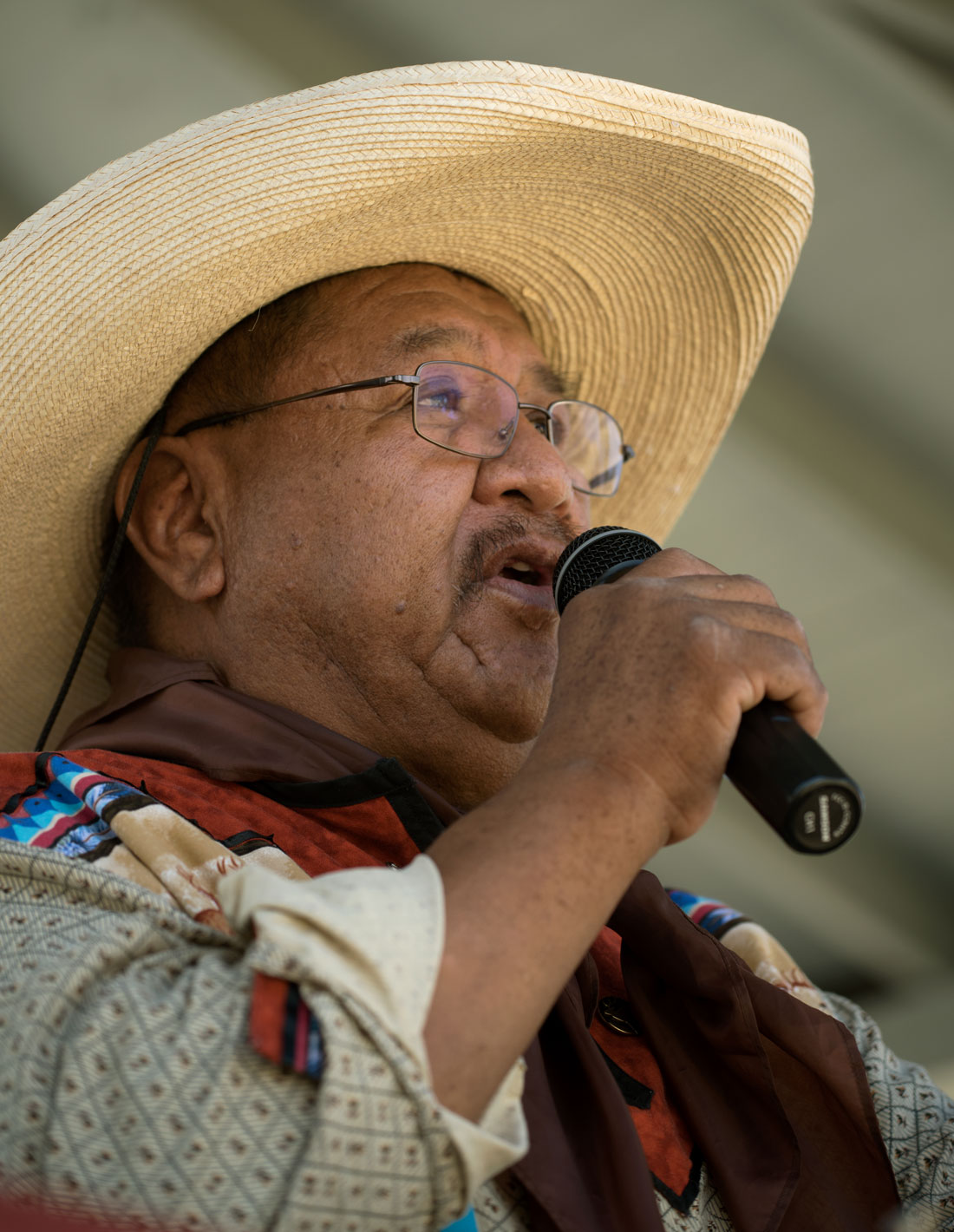
There is growing public recognition that the United States’ non-white minority groups are diverse within themselves and have varied histories and cultures. The African American population includes descendants of enslaved people, while others are recently arrived immigrants from a variety of regions. The Black population has nuanced ethnic and racial identities reflecting multi-racial intermarriage. While the Black population is growing, the share who say Black or African American is their only racial or ethnic identification has declined over the past two decades. An analysis of 168 million Americans’ census forms linked between 2000 and 2010 indicated that 10 million people identified their racial and/or ethnic background differently between the two census forms.
The Native American population grew to its largest size in generations after years of fighting for an accurate census count. Some 9.7 million people identified as Native American and Alaska Native alone and in combination with another race, up from 5.2 million in 2010. In the past decade, Native Americans had a 160% increase driven by more mixed-race families, the struggle that Latinos face in racial self-identification and Native Americans wanting to embrace their heritage even if they are not recognized as tribal members.
Native American is defined for census purposes as a person having origins in any of the original peoples of North and South America including Central America and who maintains tribal affiliation or community attachment, so it includes many people who also identify as Latino or Hispanic. Thousands of Black people also were once held in bondage by the Chickasaw tribe and their descendants were mixed race, so they live at the intersection of African American and Native American ethnicity. About 61% of those who identify as Native American are multiracial. Many Native Americans prefer to emphasize specific tribal roots over the general label Native American.
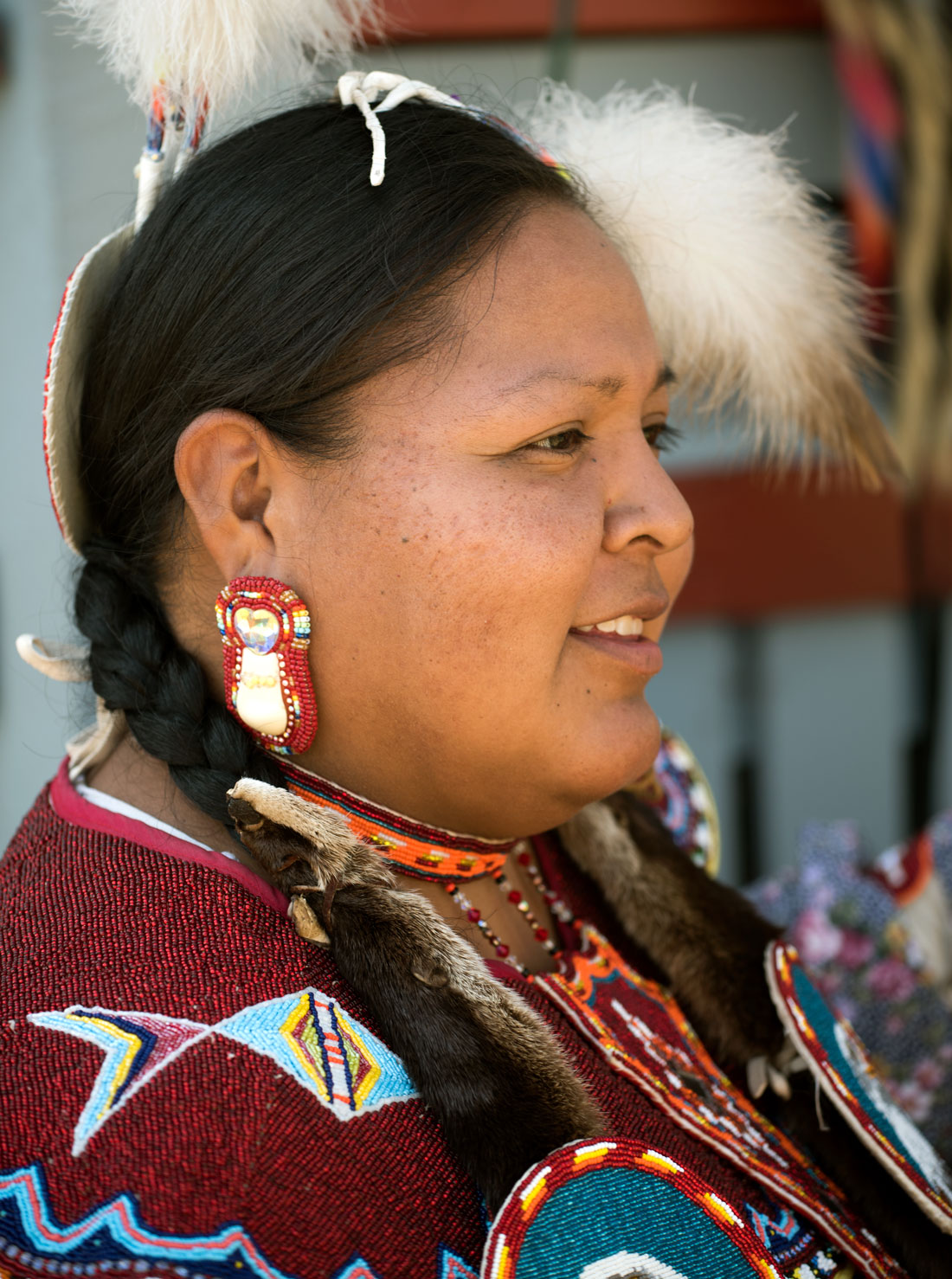
A Native American woman in her tribal costume at a cultural event in Wyoming.
Despite current racial and political divisions and inequality, these trends provide hope that the country is moving beyond today’s divisiveness toward a more mature diverse society in which racial and ethnic differences are accepted as a fact of life but not a determining factor in equity. It appears inevitable as well as desirable that an increasingly diverse U.S. population will need to become more adept at working together practically to meet common challenges.
Check out these related items
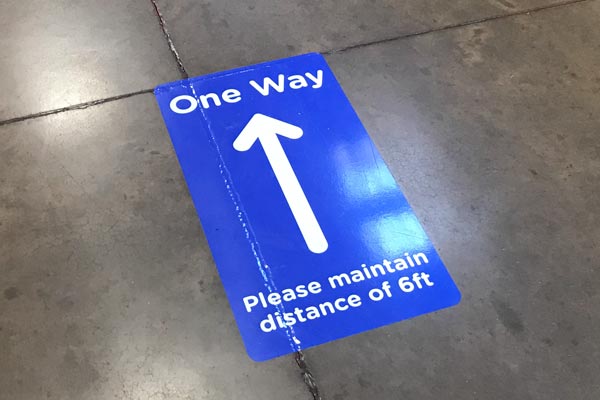
What does the future hold?
Dozens of experts’ analysis of long-term trends can help us identify the challenges and opportunities amid the COVID-19 pandemic.

Nations Within a Nation
The first Native American to become U.S. interior secretary must deal with a fraught history of government-Native American relations.

Reconstructing the Story of an Ancient Civilization
Researchers are piecing together an ever-clearer picture of the ancient civilization of the American Southwest called the Ancestral Puebloans.

What does it mean to be Hispanic?
What does it mean to be Latino or Hispanic in the United States? This blog explores the ambiguous origins of these two terms.
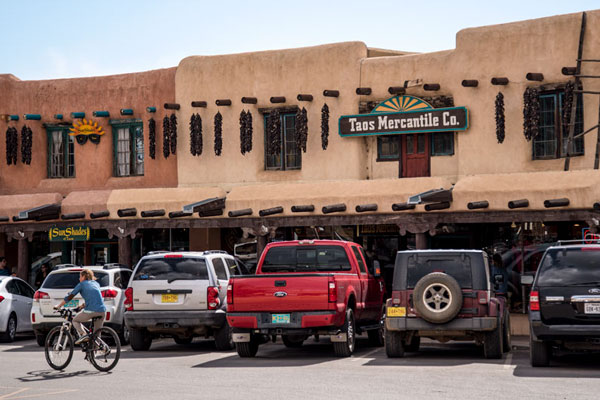
The Booming and Broiling Southwest
The American Southwest is the fastest growing region in the United States, but also the hottest and most arid.

Whither the GOP?
The U.S. Capitol attack has opened up a debate on the future direction of the Republican Party and what it means for democracy.
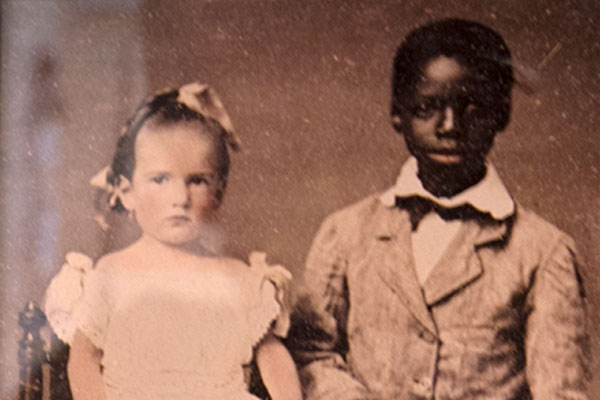
The History of Race in America
The racial history of the United States belongs to us all, with the responsibility to resolve the accompanying outstanding problems.

The Land of Junipero Serra
Junipero Serra's "sainthood" is controversial, but the extent of his cultural impact on California is indisputable.
